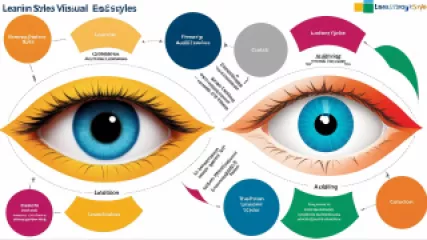Enhancing Memory Skills: A Research Summary
1 year ago
Improving Memory Techniques
10 Best Family Therapy Techniques for Resolving Conflicts
1 year ago
Family Therapy
Comprehensive Guide to Suicide Prevention: Steps to Save Lives
1 year ago
Suicide Prevention
Discover Your Learning Style: A Step-by-Step Guide to Boosting Emotional Intelligence
1 year ago
Learning Styles
10 Effective Mindfulness Practices for the Classroom
1 year ago
Mindfulness in Education
The Healing Power of Art: A Personal Reflection
1 year ago
Healing Through Art
Cultivating Lasting Patient Relationships: An Ultimate Guide
1 year ago
Cultivating Patient Relationships
Combating Academic Stress: A Cognitive Behavioral Approach
1 year ago
Academic Stress
5 Questions to Improve Your Communication Skills Online
1 year ago
Communication Skills
From Overwhelmed to Empowered: My Journey Overcoming Academic Stress
1 year ago
Dealing with Academic Pressure
What Are the Different Types of Phobias?
1 year ago
Phobias
My Journey from Social Comparison to Self-Acceptance
1 year ago
Social Comparison Theory
Exploring the Complexities of Mood: A Cognitive Behavioral Therapy Perspective
1 year ago
Understanding Moods
How Can Cooperation Improve Mental Health?
1 year ago
Psychology of Cooperation
My Journey with Elderly Depression: Strategies for Coping
1 year ago
Depression in Elderly














